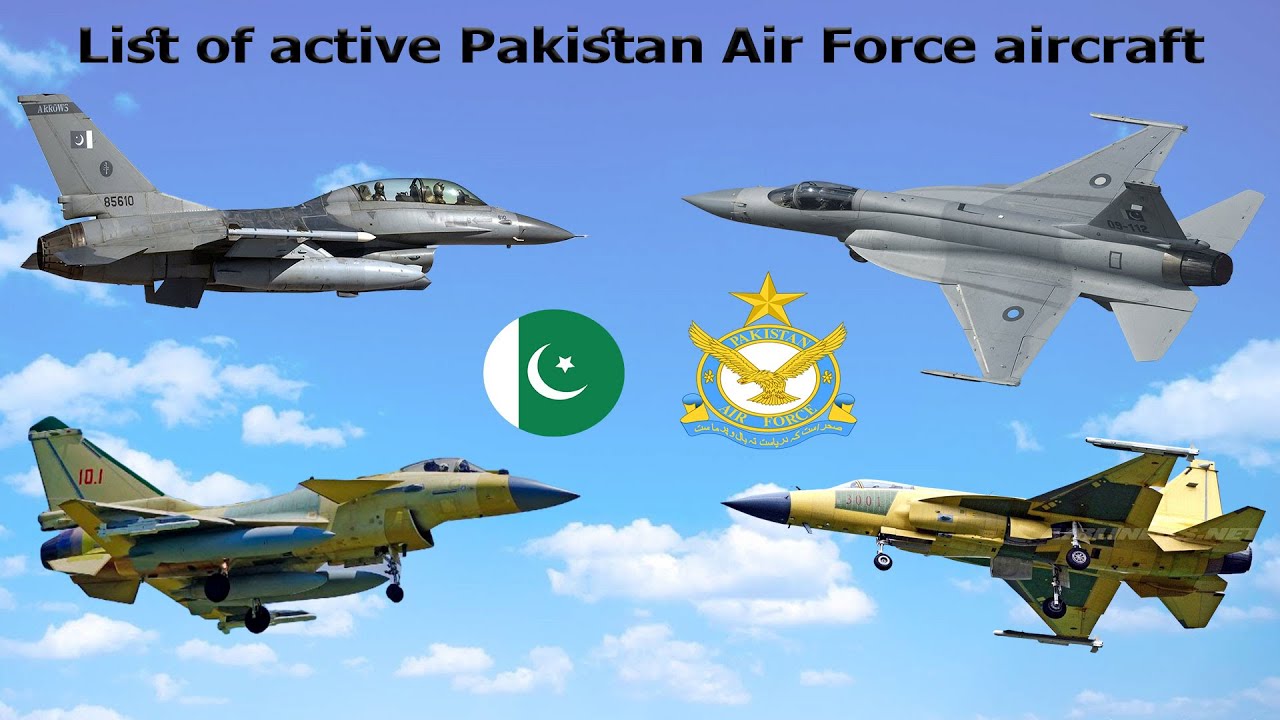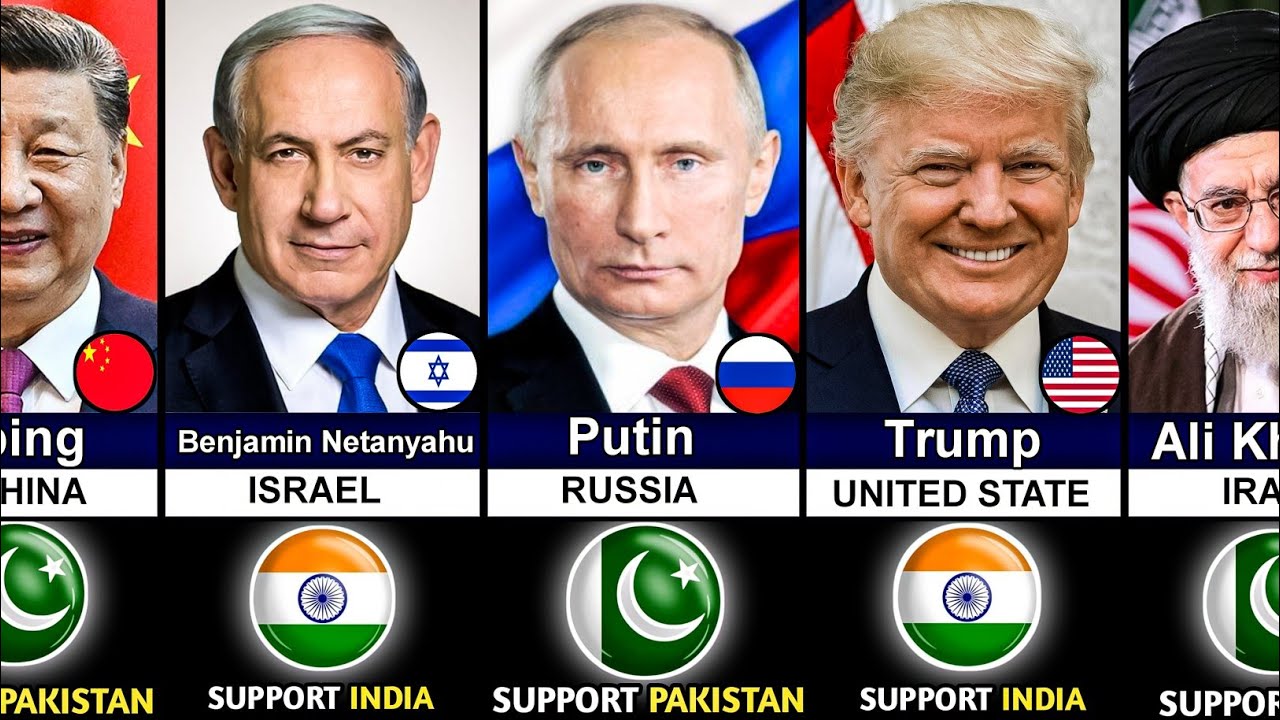🔥 Epic Transformation of Fighter Jets Operated by Germany (1917–2050) ✈️
Germany’s airpower journey spans over a century — from the biplanes of World War I to the stealthy, AI-assisted fighters of the future. Few countries have seen such a dramatic and complex transformation in their military aviation programs. From 1917 to the projected visions of 2050, let’s explore how Germany’s fighter jets evolved through eras of innovation, war, division, and unity.
🪖 World War I Beginnings: 1917–1918

Germany’s fighter aviation began with legendary aircraft like the Fokker Dr.I Triplane, famously flown by the “Red Baron,” Manfred von Richthofen. These wooden-and-canvas biplanes, equipped with synchronized machine guns, ruled the skies in close dogfights. Speed was modest, agility was everything, and pilots became national heroes.
⚔️ Luftwaffe’s Dominance: World War II (1939–1945)
During World War II, the Luftwaffe emerged as one of the most formidable air forces in the world. Germany introduced iconic aircraft such as:
- Messerschmitt Bf 109 – a fast, agile fighter that served throughout the war.
- Focke-Wulf Fw 190 – known for its rugged performance and heavy firepower.
- Messerschmitt Me 262 – the world’s first operational jet fighter, years ahead of its time.
The Me 262 represented a quantum leap in aviation — faster than any Allied aircraft, but deployed too late and in too few numbers to change the war’s outcome.
🚧 Post-War Ban & Cold War Division (1945–1955)
After WWII, Germany’s air force was disbanded. Military aviation was banned under Allied occupation. It wasn’t until 1955, with the founding of the Bundeswehr (West German Armed Forces), that a modern air force began to re-emerge.
🇩🇪 Rebuilding in the Cold War Era: 1950s–1980s
West Germany joined NATO and received American aircraft like the:
- F-86 Sabre
- F-104 Starfighter – infamous for its high accident rate in German service
- F-4 Phantom II – a powerful multirole fighter-bomber
Meanwhile, East Germany, aligned with the Warsaw Pact, operated Soviet jets like:
- MiG-21 Fishbed
- MiG-23 Flogger
Thus, during the Cold War, Germany’s skies were divided between East and West — both operating cutting-edge aircraft from rival superpowers.
✈️ Unified & Upgraded: 1990s–2010s
After the fall of the Berlin Wall and reunification in 1990, Germany consolidated its air forces under one command. The focus shifted to modernizing and integrating NATO systems.
Key fighters included:
- Panavia Tornado – developed jointly with the UK and Italy, this swing-wing multirole jet served in reconnaissance and strike roles.
- Eurofighter Typhoon – a 4.5-generation multirole air superiority fighter with advanced avionics and agility.
The Typhoon, co-developed with several European nations, remains the backbone of the Luftwaffe today.
🚀 The Future: 2025–2050
Looking ahead, Germany is investing in next-generation air combat systems that combine stealth, AI, and drone integration. Two major developments include:
🛰️ Future Combat Air System (FCAS)
A joint Franco-German-Spanish project, FCAS is expected to field:
- Sixth-generation stealth fighters
- Unmanned wingman drones
- Cloud-based battlefield connectivity
FCAS is designed to replace the Eurofighter Typhoon by the 2040s and will redefine air dominance with hypersonic capabilities, AI-assisted targeting, and fully networked battle operations.
🔧 Loyal Wingman Concept
Germany is also working on “loyal wingman” drones — unmanned systems that fly alongside manned jets, expanding firepower and survivability.
🧠 From Red Baron to AI-Powered Skies
Germany’s air combat evolution mirrors its turbulent history — from imperial ambitions to divided ideologies and now to collaborative European defense. What began as wooden triplanes in WWI has become an ecosystem of networked stealth fighters and autonomous systems.
As we approach 2050, Germany’s role in shaping the future of air warfare is undeniable. With next-gen fighters on the horizon, the sky is no longer the limit — it’s the battlefield of tomorrow.
🎥 Watch the full transformation here: 🔗 Epic Transformation of German Fighter Jets (1917–2050)

